The Fascinating History of Munchkin Cats: Evolution of a Unique Breed

Munchkin cats, with their distinctive short legs and dashing personalities, have captured the hearts of cat enthusiasts around the world. But where did this unique breed come from, and how did it evolve into the beloved pet we know today? Let’s delve into the whimsical history of the Munchkin cat, tracing its journey from a genetic anomaly to a recognized breed that’s as endearing as it is controversial.
A Genetic Quirk Turns Into a Breed
The story of the Munchkin cat begins, as many great stories do, with a surprising twist of nature. The gene responsible for the Munchkin's short legs is similar to that which influences the short legs of dachshunds and corgis in dogs. It’s a naturally occurring genetic mutation that affects the long bones in the legs, resulting in a condition known as achondroplasia. If you want to learn more about the genetics, learn more with our article The Role of Genetics in Purebred Cat Health.
The modern history of Munchkin cats can be traced back to Louisiana, USA, in the 1980s. A music teacher named Sandra Hochenedel rescued two cats who had been chased under a truck by a dog. She noticed that one of the cats, named Blackberry, had unusually short legs. Blackberry was pregnant, and half of her kittens inherited her short legs. Sandra shared a kitten with her friend Kay LaFrance, and they decided to establish a new breed. They named their unique cats "Munchkins," after the little people in L. Frank Baum’s novel, The Wizard of Oz.
Recognition and Controversy
The breed began to gain popularity and was first introduced to the general public in 1991 through a national network television broadcast in the United States. The response was mixed, with some people enchanted by the breed's charming appearance and friendly nature, while others were concerned about potential health issues associated with the short legs.
Despite the controversy, the Munchkin breed began to grow in numbers and popularity. In 1994, The International Cat Association (TICA) accepted the Munchkin into its New Breed development program. This was a significant step forward, giving the breed formal recognition and setting standards for breeding.
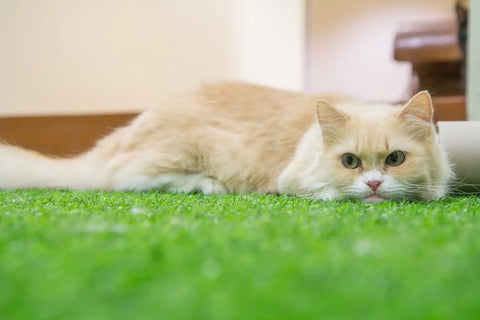
Breeding and Characteristics
Munchkin breeders have worked diligently to ensure the health, vitality, and diversity of the breed. Due to the dominant nature of the Munchkin gene, breeders must carefully plan their breeding programs to avoid health issues. This involves outcrossing with longer-legged cats and then breeding back to Munchkins to maintain the genetic diversity and health of the population.
Munchkins are known for their incredible speed and agility, despite their short stature. They are often described as "ferret-like" in their movements, being able to run and turn quickly. Personality-wise, Munchkins are outgoing, intelligent, and friendly cats who enjoy playing and interacting with humans and other pets.
Ethical Considerations
As with any breed with unique physical traits, ethical considerations continue to play a significant role in the discussion around Munchkin cats. Some critics argue that deliberately breeding for a trait that could potentially cause health issues is unethical. However, proponents of the breed point out that Munchkins typically lead healthy, active lives and that responsible breeding with attention to health, rather than just appearance, mitigates potential issues.
Conclusion
The history of Munchkin cats is as fascinating as the cats themselves. From unexpected beginnings to becoming a beloved breed around the globe, Munchkins have shown that they are more than just their short legs—they are a breed full of personality, charm, and resilience. Whether you’re a Munchkin cat owner or a cat enthusiast, understanding the breed's history helps us appreciate these unique cats even more, fostering a greater commitment to their care and preservation.




















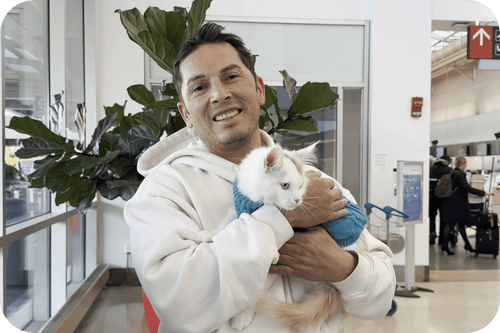
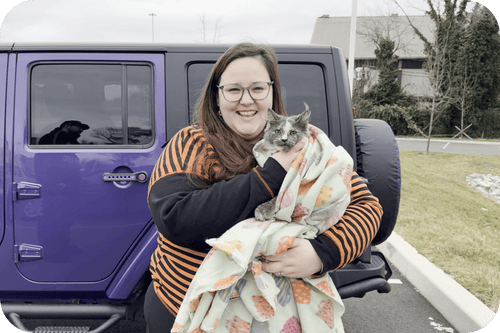

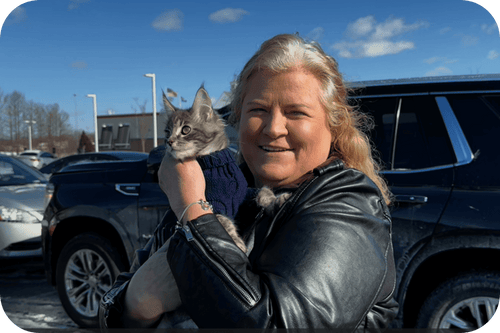


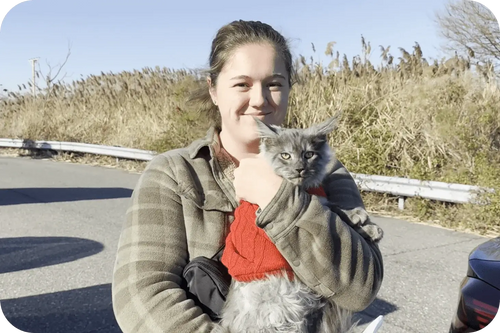
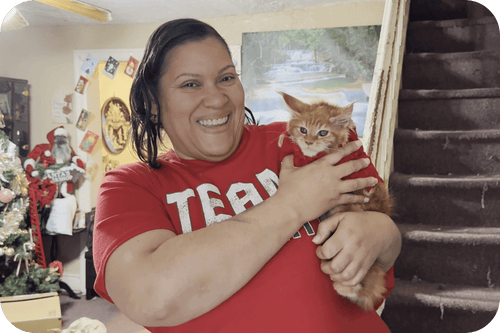



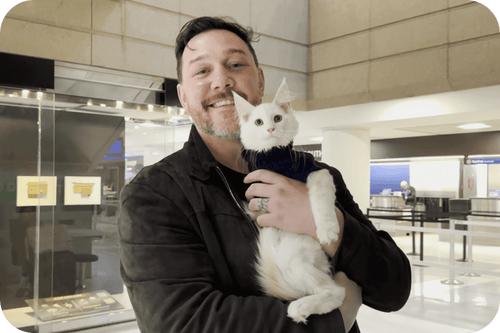
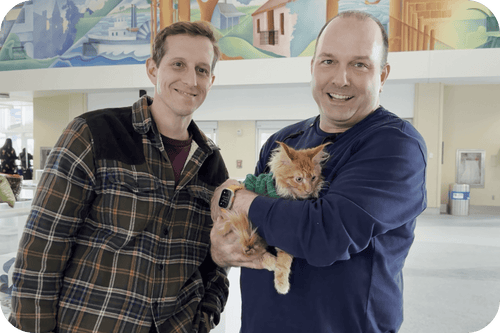

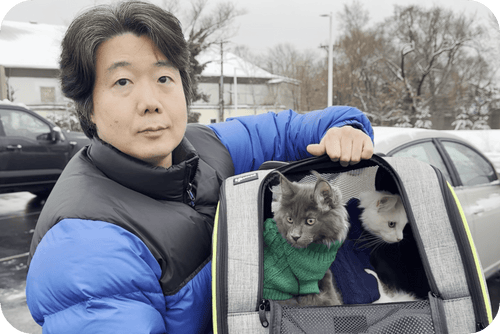
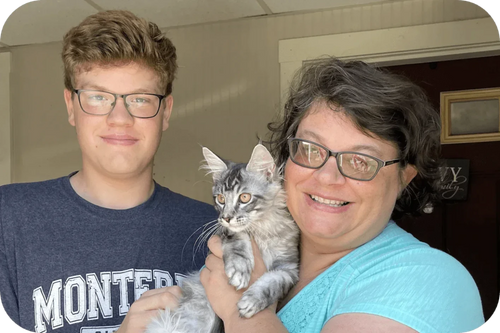
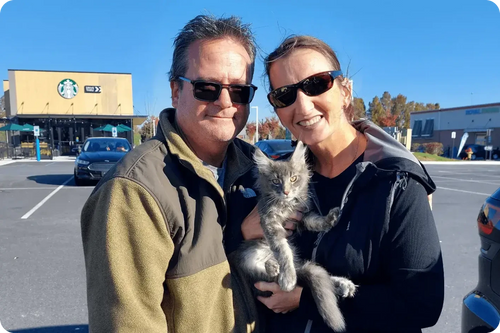
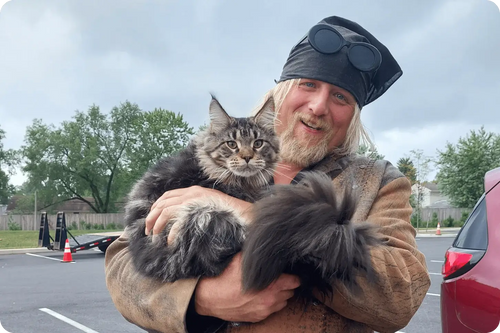
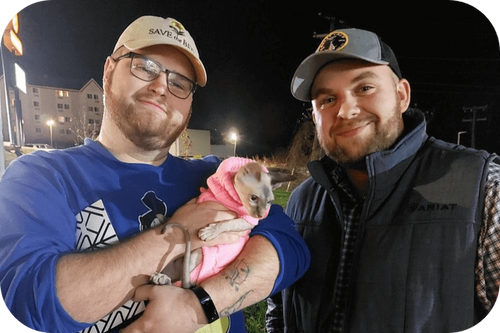
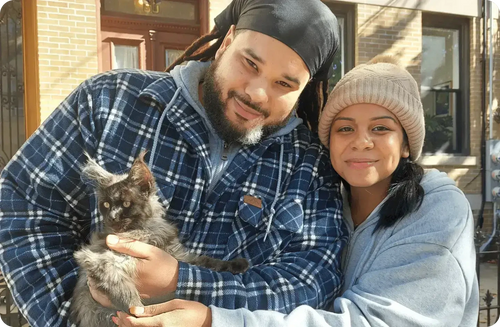
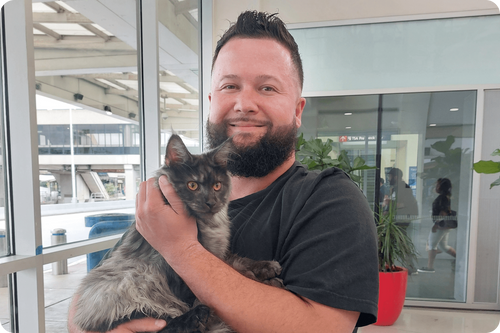












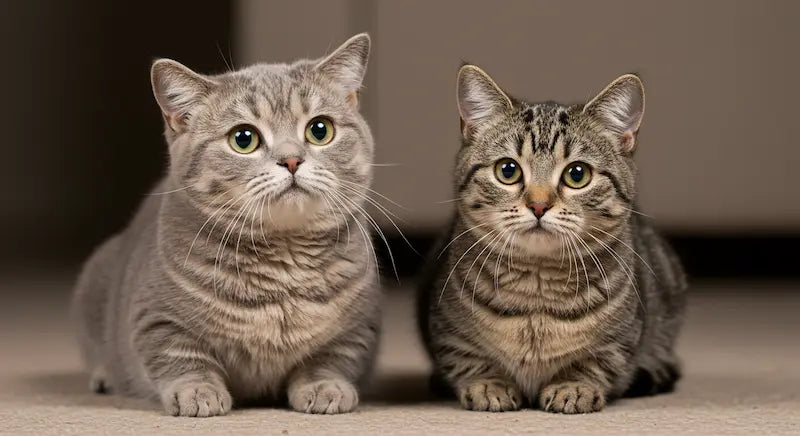
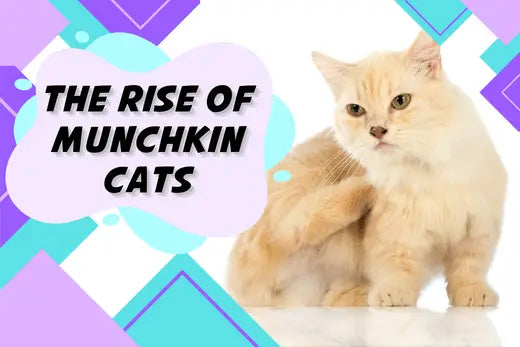
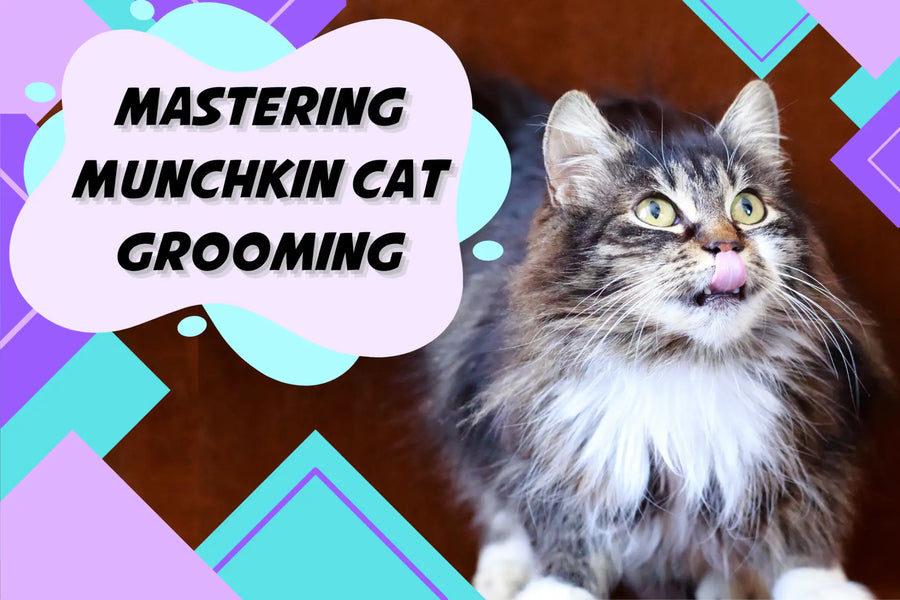





Comments(1)